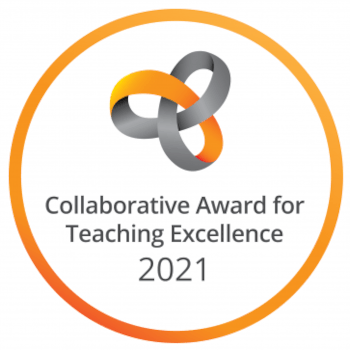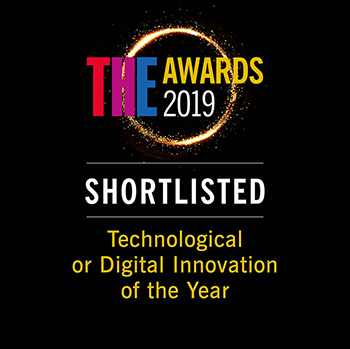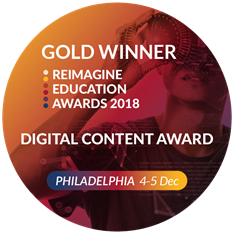Global Use and Reviews
The Health E-Learning and Media team based in the School of Health Sciences at the University of Nottingham provide expertise and support in the development, design, evaluation and research of technological and media based educational materials and interventions in health. Current areas of research include the design and reuse of open educational resources, e-learning self-efficacy and adoption, and participative design and the effectiveness of online healthcare interventions.
The e-learning resources are designed around the principles of the 'reusable learning object' or RLO. These are web-based resources that consist of a mixture of multimedia elements such as audio, text, images and video and which engage the learner in interactive learning through the use of activities and assessments. They represent approximately 15 minutes of learning activity.

Global Use
The online learning objects are accessed by a wide range of individuals including; students, staff, and various healthcare professionals. In addition to students and staff from Nottingham University, the learning objects are accessed by individuals around the world.
Global usage of e-learning objects, by city June 2014 - June 2015)
Survey Participation
Feedback data was provided from 13,217 respondents who had undertaken one or more of 71 E-Learning Resource, Learning Objects, provided by the School of Health Sciences, at Nottingham University. Feedback was provided over a period from May 2006 to July 2013.
| Respondent Type | Number |
|---|---|
| Student | 8902 |
| Staff | 3275 |
| Other | 929 |
Table 1 shows the breakdown of respondent type. The largest group of respondents were students, who made up for 67.4% of respondents, followed by staff that made up for 24.8% of respondents. Where the respondent was not a student or member of staff, they were asked to provide their job description. From the respondents who provided this additional information, some of the most common occupations were nurses (n=104), Doctor (n=36), Researcher (n=25), Pharmacist (n=10).
Respondents were asked to state which University or institution they were from, and this data was used to allocate a respondent to one of eight geographical regions, as shown in table 2.
Not all respondents provided a comment that allowed their University or institution to be allocated to a geographical region and these were recorded as unknown.
| Geographical Region | Number |
|---|---|
| UK | 8471 |
| North America & Canada | 1063 |
| Australia & South Pacific | 416 |
| Europe | 173 |
| Asia | 137 |
| Africa | 52 |
| Middle East | 51 |
| South America & Caribbean | 43 |
| Unknown | 2811 |
Global Usage of e-Learning Objects
The e-learning objects were grouped into one of four cluster types (Biology Foundations, Clinical Skills, Evidence Based Practice, and Pharmacology).
Global Usage by Region and Cluster Type
For approximately 80% of respondents, it was possible to allocate the cluster type of the e-learning object they had accessed to one of the 8 global regions as shown in table 3.
| Geographical Region | Biology Foundations | Clinical Skills | Evidence Based Practice | Pharmacology | Total |
|---|---|---|---|---|---|
| UK | 1563 | 4118 | 1644 | 1146 | 8471 |
| South America | 9 | 7 | 19 | 8 | 43 |
| North America | 95 | 79 | 726 | 163 | 1063 |
| Middle East | 7 | 9 | 20 | 15 | 51 |
| Europe | 32 | 36 | 73 | 32 | 173 |
| Australia | 59 | 150 | 160 | 47 | 416 |
| Asia | 21 | 9 | 45 | 62 | 137 |
| Africa | 11 | 4 | 20 | 17 | 52 |
| Unable to Allocate | 410 | 1102 | 917 | 382 | 2811 |
When looking at the breakdown of cluster type by region:
- South America and Africa had the highest percentage of respondents accessing Biology Foundation Clusters, with 21% of all South American and African respondents accessing this cluster type.
- UK had the highest percentage of respondents accessing Clinical Skills Clusters, with 49% of all UK respondents accessing this cluster type.
- North America had the highest percentage of respondents accessing Evidence Based Practice Clusters, with 68% of all North American respondents accessing this cluster type.
- Asia respondents had the highest percentage of respondents accessing the Pharmacology Clusters, with 45% of all Asia respondents accessing this cluster type.
The full breakdown of cluster use by region can be seen in figure 1.
Figure 1: Global usage of e-learning objects, by region and cluster type.




